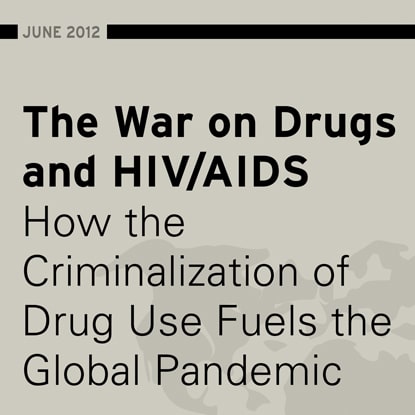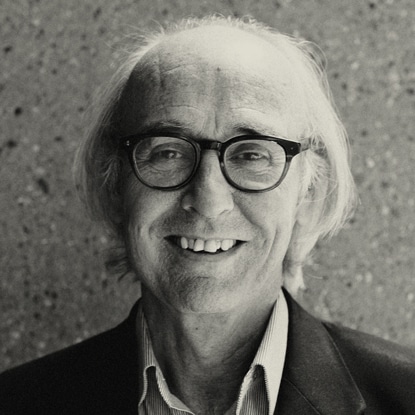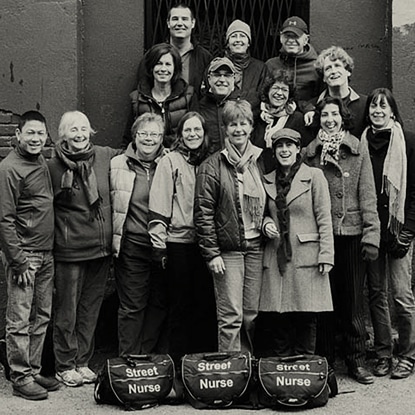Gillian Maxwell and CDPC Executive Director Donald MacPherson travelled with the Caravan for Peace from Baltimore to DC where their campaign to bring the realities of the drug war in Mexico to those in the US ended after meetings with US officials on Capitol Hill. The closing ceremony took place in Malcolm X Park where Sicilia gave a poetic and heartfelt speech about hope for the future and building a civil society movement for change through the connections that had been established during the Caravan’s presence in the US. Canadian leadership to end the drug war in Mexico is sorely needed at this time. CDPC will continue to work with our Mexican and American partners towards this end.
Having been part of the birthing process of the North American caravan that was inspired by the heartbreak of Javier Sicilia over the death of his son at the hands of a Mexican cartel, it seems only fitting to be joining it at the very end of its journey coast to coast across the United States.
The Canadians rallied to the call and joined the Caravan in Baltimore for a Town Hall meeting on ending the War on Drugs. I was slated to speak on the panel to talk about the story of INSITE opening in Vancouver’s Downtown Eastside. It is a heroic tale of desperate circumstances, overcoming adversity and being part of a movement that went from local to national and prevailed. I talked about discovering the unique quality inside of us that we all have to offer to our community and how connecting to that is what makes the difference.
It was the first time I told this story from a personal perspective. I had my doubts but was encouraged by others who reminded me that I have been saying for years that we need to talk about drug policy reform in a more interesting way than statistics. Put your money where your mouth is, so to speak.
I stood in front of an audience of people who understood suffering only too well. There were the beleaguered African American community members from Baltimore, whose gracious and welcoming demeanour is totally disarming. Yes, they could talk about being stigmatised and persecuted for taking a stand.
Then, there were the members of the Caravan led by the inspirational being that is Javier Sicilia. He is unwavering in his commitment to keep going and speaks so eloquently of the issues that keep a wealthy and proud country like Mexico caught up in the past.
And then there were the rest of the Caravan pilgrims; mothers, fathers, sisters, brothers, spouses and children of those who have been disappeared or killed. They are innocents whose lives were totally changed by an experience completely out of their control, and for most, without any hope of resolution or justice. Impunity is the worst betrayal of these gentle souls. Not only were their loved ones in the wrong place at the wrong time, the perpetrators of their murders are allowed to go free. There is no peace for these families and certainly no hope of justice. However, their quiet presence, their insistence in not being silent and asking for accountability is beyond dignified.
So, I stood in front of this group of people and spoke about the trials and tribulations of a community in the north who were indomitable and dedicated in their creative efforts to stand up for people dying unnecessarily of drug overdoses and HIV/AIDS. I had reservations about my own story, as I hadn’t experienced the violence and tragedy that the caravan had emerged from. But many of the members came up to me and shook my hand afterwards and thanked me for speaking. Then I realised that in that moment we shared our humanity. It is all we have to offer each other and it is enough.
– Gillian Maxwell



















